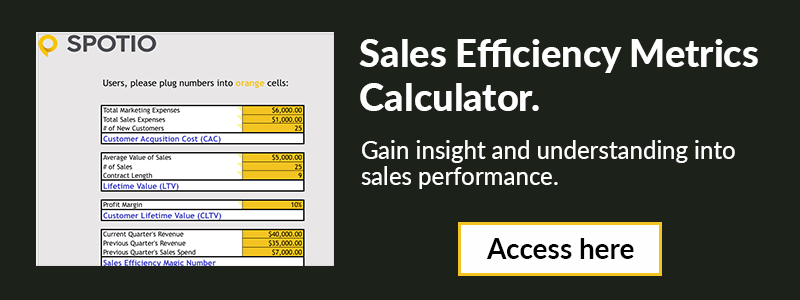Every sales manager wants a full pipeline.
But generating more sales is only part of the equation.
While sales effectiveness does well to improve conversions, there’s another component that should be a priority: sales efficiency.
Sales efficiency is the key to not only generating more sales for your business but also streamlining your sales processes so that you get more sales, faster.
In this guide, we’ll cover what sales efficiency is, why it’s essential to your business, and 12 ways to make your sales process more efficient than ever.
What is Sales Efficiency?
So, what is sales efficiency? How is it different from sales effectiveness?
Let’s dive into the definitions.
Sales Efficiency vs. Sales Effectiveness
Sales effectiveness refers to your sales team’s ability to convert prospects into leads — and eventually paying customers or clients — at each stage of your sales funnel. If your sales process is effective, you will experience more “wins” than losses every step of the way.
Sales efficiency refers to the speed of your sales operations. That is, how quickly you are able to convert users into leads/sales and while still generating the highest return on your investment. It is the revenue your sales team generates relative to the cost.
A sales process that is both efficient and effective will help reps close sales in a reasonable time frame, at a sustainable cost, and on the right terms.
Why Sales Efficiency & Effectiveness Should Be Your #1 Priority
Your sales team closing the majority of new prospects isn’t always an indication of success.
While sales quotas continue to rise, only 47% of B2B sales organizations hit their targets. The fact that the average sales rep only spends 39% of their time selling. As such, sales efficiency is key.
Calculating your sales efficiency is the best way to determine whether your business is on track. If there’s room for improvement, you will need both sales efficiency and sales effectiveness to move the revenue needle.
How Do You Calculate Sales Efficiency?
Here’s a simple formula you can use to calculate sales efficiency in a specific period:
$ Value Of New Revenue / (Sales + Marketing Costs)
For instance, if you earn $8,000 in new Q2 revenue and spend $4,000 on sales and marketing in that quarter, your efficiency score is 2.
Your sales process is efficient if your score is 2 or higher. A score of 1 indicates that your company is essentially breaking even, and a score of less than 1 means you’re spending more than you’re earning.
What is a Good Sales Efficiency Ratio?
A good sales efficiency ratio is between one and three. In other words, it should take your company 4 to 12 months for revenue to cover sales and marketing costs. If your company’s number is lower than this, you need to increase efficiency. If it’s higher, your sales team is on fire. Keep doing what you’re doing!
12 Ways to Improve Sales Efficiency
If your business is struggling with sales efficiency, just know that you are not alone. Many business owners are making sales efficiency their #1 priority, and you can too.
Here are 12 ways sales managers and sales teams can improve sales efficiency in your business.
1. Set Business Goals and KPIs
The first step in laying out your sales efficiency plan is to clarify your goals and how you will measure success.
Are your sales reps expected to close a set number of sales per month? A certain amount per sale? Make sure those expectations are set from the beginning.
We highly recommend using the SMART goals method to set goals that are measurable and realistic.
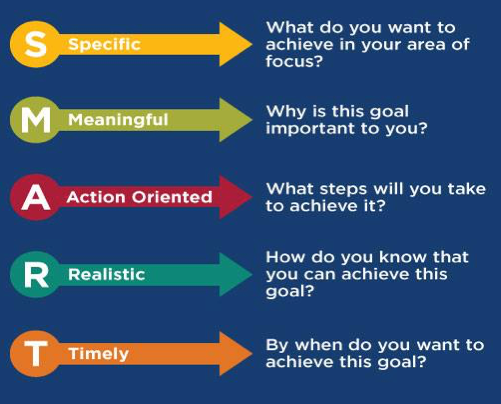
For example, your goal could be: Increase sales by 17% by the end of the next quarter.
Once you are clear on what your goals are, and what KPIs you’ll use to measure success, make sure you track sales activity closely. Identify any bottlenecks and fix problems in a timely manner to improve sales efficiency.
2. Identify Your Ideal Customer
Half of sales time is wasted on unproductive prospecting.
To make sure you’re going after the right prospects, you can use sales intelligence tools like SPOTIO’s Lead Machine to pull from 200+ data points, including demographics, location, and contact information.
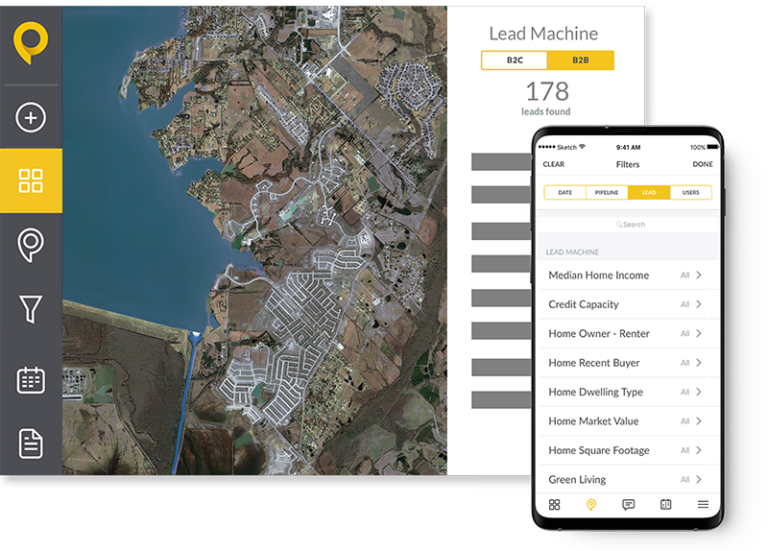
Building your ideal customer avatar consists of four main components:
- WHO they are (demographics)
- WHERE they are (location)
- WHAT they want (pain points and needs)
With this information, your sales team can focus on pitching exactly what your potential customers want to hear without wasting time on specs that won’t be of interest to them.
3. Create a Repeatable Sales Process
If you want your sales team to be efficient, you must outline a repeatable, consistent sales process. Having a go-to guide for qualifying leads, selling at the right moment, collaborating with the team, and other important sales tasks will help reps work better and faster.
The key steps in sales processes are:
- Preparation & Research. Know the scope of your product, your ideal customer’s wants and needs, and your company’s unique selling point.
- Prospecting. This includes the search for potential customers with the goal of moving them down your sales funnel. Detailed customer data can help you identify promising prospects.
- Needs Assessment. This is a way for your sales team to dig deeper into what the prospect needs and what issue(s) they are trying to solve. That way, reps can custom-tailor a solution for them.
- Pitch & Presentation. This is where your sales rep communicates the value of your product to the customer. It’s best that your rep establishes trust and hones in on what benefits your potential customer is looking for. Then they present your product as the ideal solution.
- Objection Handling. The customer may have questions or concerns. Addressing objections presents another opportunity to establish trust and communicate how you are different from your competitors.
- Closing. This is when the sale is made or the proposal is sent.
- Follow-Up. Referrals are the highest converting lead source. Follow-up with customers to encourage referrals and repeat business.
Creating a sales process and tailoring it for each prospect can be rather time consuming. But with Autoplays, you can create automated outreach sequences for each prospect and funnel stage to ensure no lead falls through the cracks.
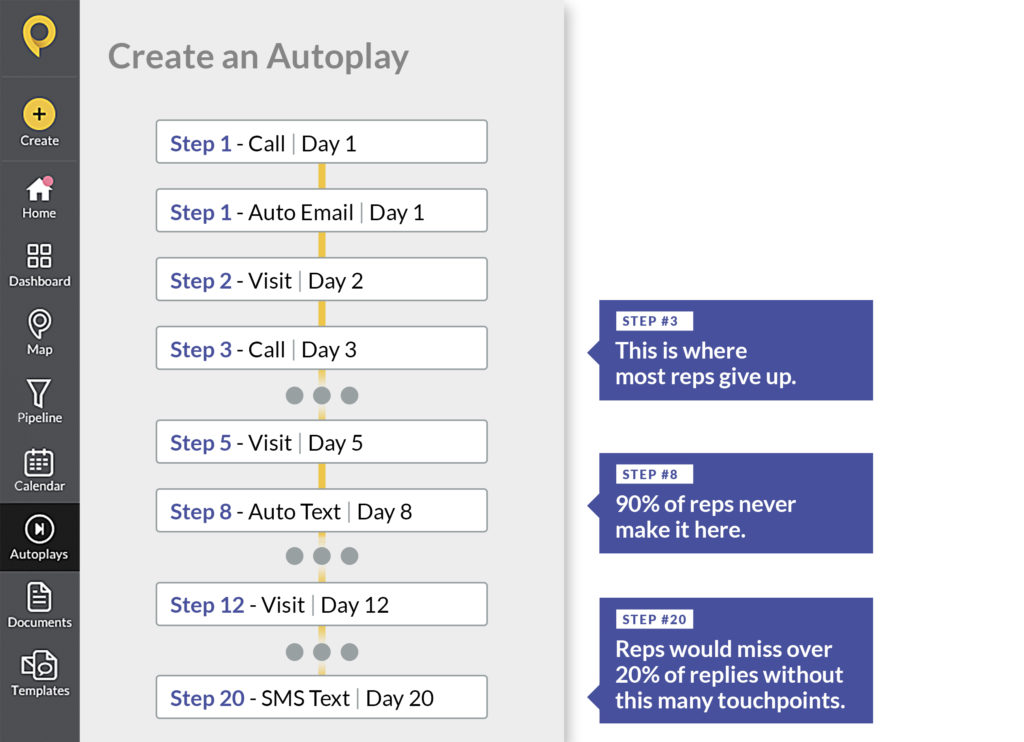
Creating a clear sales process ensures that reps are following the same step at every stage, and it can help you identify holes in the process. If leads are dropping off right before the close, you will be able to see this issue and address it quickly.
4. Define Daily, Weekly and Monthly Sales Activities
Sales activities are routine steps that bring new leads into the pipeline. Some examples include:
- Contacting new prospects
- Pitching your solution
- Following-up
- Creating awareness about what you have to offer
- Assigning territories
- Route planning
5. Align Sales and Marketing Teams
Often, miscommunication between marketing and sales teams causes inefficiency.
In fact, only 35% of salespeople think that the marketing team knows what content they need, and only a third of sales and marketing teams talk regularly. This is obviously a problem.
When marketing and sales teams are on different pages, the entire company suffers. For example, sales reps might not understand how marketing talks about products. And the handoff from one department to the other often lacks context, which enables sales reps to make sales at a consistent clip.
Fortunately, aligning both teams can solve these kinds of issues. Here’s how to do it:
- Create Shared Goals: Marketing and sales teams should work towards common objectives. A single objective, such as company revenue, will help ensure marketing and sales alignment.
- Build Personas Together: If your marketing and sales teams have different buyer personas, you’re going to have issues. Ask both departments to create unified personas. That way marketing produces the kinds of leads that sales can actually close on a regular basis.
- Commit to Communication: Finally, make sure marketing and sales professionals talk every month—if not every week. Is marketing able to generate the right kind of leads? Does sales need to change their approach based on marketing’s strategy? These are important questions. By communicating on a regular basis, you’ll be able to answer them and improve revenue.
6. Train Your Sales Reps Effectively
Did you know that 82% of B2B decision-makers think sales reps are unprepared?
Without proper training, sales reps may waste time and resources on approaches that don’t work, pitch to a customer too early, or draw out the sales process.
Sales managers should require new hires to go through in-depth training about effective prospecting and selling. It should address any common questions that sales reps may have during the process, as well as tips on how to handle objections from customers.
Providing ongoing training will also help your team stay sharp and up-to-date on the latest selling techniques.
7. Assign Sales Territories Strategically
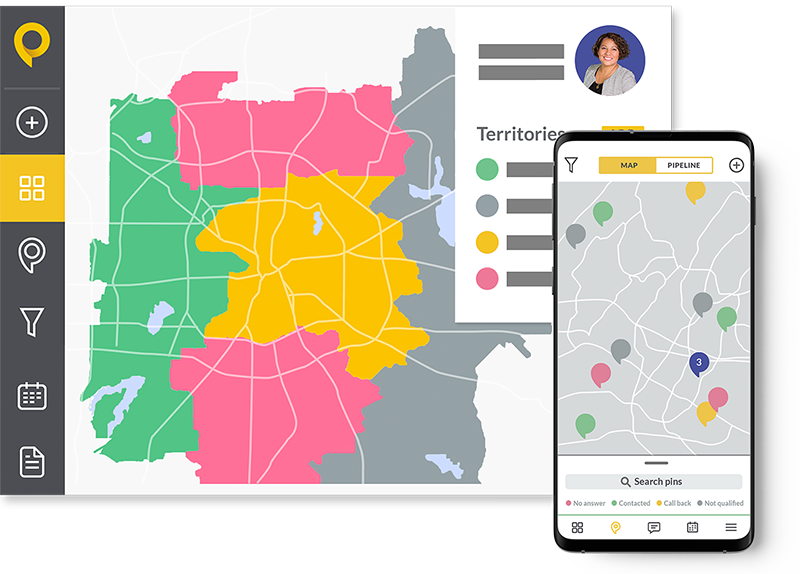
Image: Screenshot of the SPOTIO territory management interface.
Strategic rep assignment is one way to prevent redundancies in your sales process. That is, it ensures that no sales reps are selling to the same areas/leads at the same time.
We recommend assigning your top reps to the most lucrative territories to ensure a better close rate on those high-ticket offers. Check out our guide on Sales Territory Management for tips on how to create your own efficient rep assignment strategy.
8. Reduce Windshield Time
Driving from meeting to meeting has a huge impact on a rep’s daily efficiency. Mapping efficient routes maximizes the amount of time reps spend selling and reduces their time on the road.
Route planning software is the best way to reduce driving time for reps when they’re in the field. You can use it to:
- Cutdown windshield time
- Easily find the most efficient route to one or multiple meetings
- Map and plan your day in a single tap
Put reps focus back on closing deals and engaging with customers; not worrying about how to get to where they need to be.
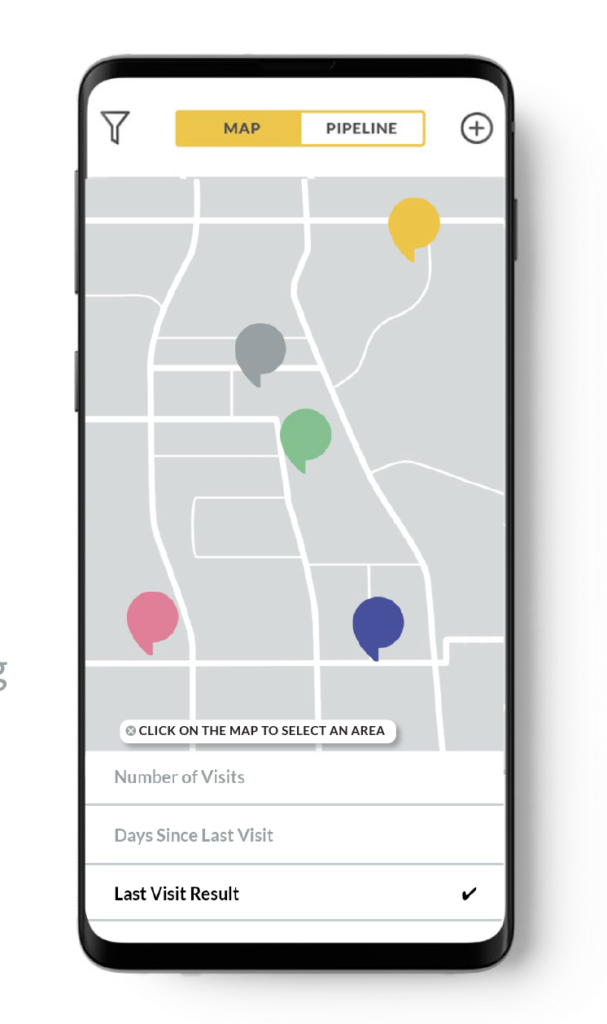
Image: Using CRM data to map smarter sales routes in SPOTIO.
9. Sell to Customer Needs
The research you conducted around your ideal client persona will tell you what issues your potential customers are struggling with, what they need, and what they want.
Understanding their needs and articulating how your product is the best solution is the surest way to win them over.
While your competitors are hitting on all the features of their products, you will be speaking directly to your target customer’s strongest pain points. If you are able to drive home the benefits, it should be a straightforward sale for you.
10. Manage and Nurture Leads Effectively
Nurtured leads produce, on average, a 20% increase in sales opportunities versus non-nurtured leads.
It’s always easier to sell to a “warm” lead — someone who is familiar with your brand and has been primed for the sale — than a “cold” one. That’s why it’s essential to have a lead nurturing process.
The best system for doing this is a centralized CRM or lead management system. This software allows your sales team to see where prospects are at in the sales cycle so that they can follow up with them in the right way at the right time.
A CRM tool will increase sales efficiency by:
- Notifying your team when to follow up
- Helping your team tailor communications to where prospects are in the sales cycles
- Assigning priority to prospects that are farther down the sales funnel
11. Work on the Basics
Sometimes the easiest and fastest way to improve sales efficiency is to brush up on the basics. No matter how long you have been in business or how precise your processes are, there’s always room for improvement.
Fine-tune your sales process by considering new ways to find prospects, present sales pitches, or conduct follow-ups. Don’t be afraid to look at your existing system from a different perspective.
12. Maximize Rep Productivity
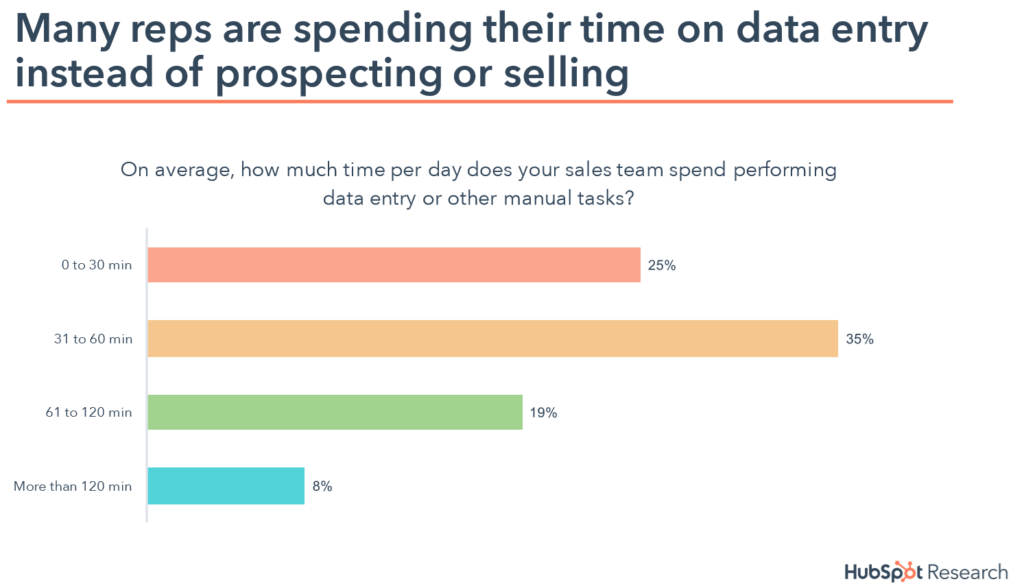
A recent study found that sales reps spend just 28% of their time on selling. That means that the rest of the time is spent on non-selling tasks like traveling, attending meetings, or data entry.
There are many handy tools that you and your team can use to maximize your time and efficiency. For example, reps can use the SPOTIO app to create notes when they’re in the field, and the information automatically syncs to your CRM. That eliminates the need for time-consuming data entry at the end of the day.
Look for opportunities to automate routine sales tasks that free up more time for reps to focus on sales.
4 Sales Efficiency Metrics To Start Tracking
The goal of a sales team is to be selling for as many hours in their working day as possible. With the sales efficiency metrics below you can learn just how efficient your current sales process is.
1. Customer Acquisition Cost & Customer Lifetime Value
Cost of acquisition, or CAC, is an essential metric for understanding efficiency as it lets you know if your resources are being allocated in the best way. Here’s the formula for calculating CAC for a specific period:
CAC = Total Marketing Spend / # Of New Customers
Cost of acquisition, or CAC, is an essential metric for understanding efficiency as it lets you know if your resources are being allocated in the best way.
Next, you’ll want to calculate your customer lifetime value (CLTV). The closer these two numbers are, the more unsustainable your sales process is. It also goes without saying that your CAC shouldn’t exceed your LTV.
A good LTV:CAC ratio benchmark is 3:1
CLTV = Avg. Value Of Purchases x # of Sales x Contract Length
Tracking your average customer acquisition cost over time also helps your company make smart decisions.
2. Lead Response Time
How long does it take sales reps to respond to new leads? According to recent research, 88% of customers want an email response within one hour. So, efficient follow-up can be crucial to a sale.
If you find that certain sales reps are falling behind in response time, it may be time for retraining. If lead response times seem to be gradually increasing, that could be a sign that the workload per sales rep is too much, and you may need to hire additional help.
3. Number of Sales Calls Per Rep
While analyzing sales efficiency on a team-wide basis is useful, it only tells a partial story. You also need to track sales metrics such as the number of sales calls or visits per week per team member.
Taking into account pre-call research, the actual call, and post-call CRM updates, you should allow an average of 7.5 minutes for each cold call.
60 Minutes / 7.5 Minutes Per Call = 8 Cold Calls Per Hour.
This metric helps you assess performance, as well as team member strengths and weaknesses.
4. Frequency of Customer Contact
Building trust with the prospect is an important aspect of an optimized sales process. By tracking the rate of client outreach, you can make sure your team is putting in the right amount of time to create a long-lasting relationship.
You can also use this data to understand what sales tactics work best with your customers.You may find that more touch points convert better for certain customer personas.
Boost Your Sales Efficiency
Sales efficiency is the #1 priority for businesses that want to close more sales and get the best ROI for their sales investment.
Close rate alone is not an accurate measure of sales success; there are many metrics to track and steps to take along the way to ensure that your sales productivity is at its highest.
Is your sales team as efficient as it could be?
See how SPOTIO can boost your company’s sales efficiency, qualify prospects, and develop better processes. Request your demo today.
______
SPOTIO is the #1 field sales engagement and performance management software that will increase revenue, maximize profitability, and boost sales productivity.



